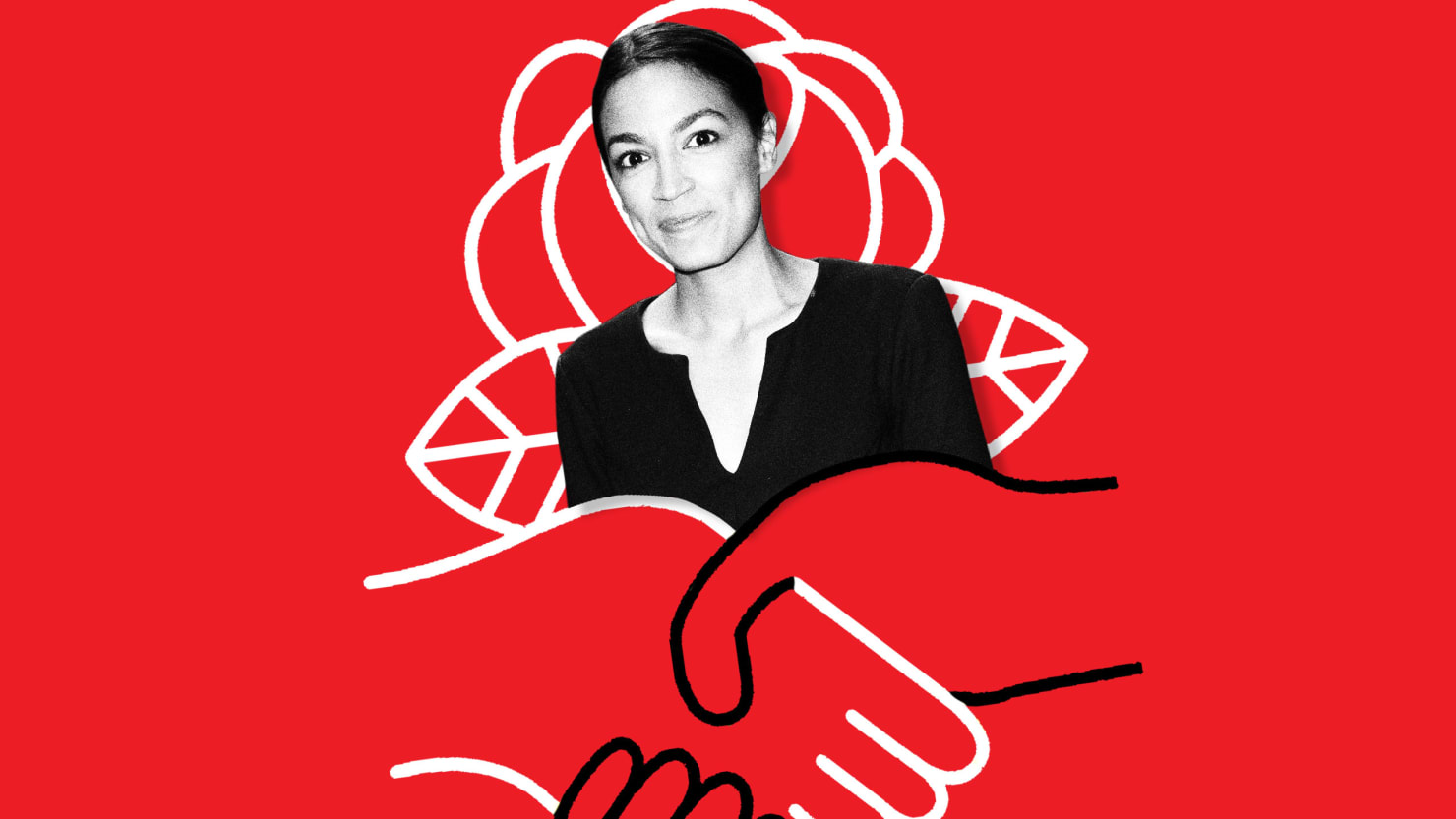Take, for example, the minimum wage, a stereotypically lefty policy if there ever were one. But is it really so lefty? In fact, the federal minimum wage is extraordinarily popular, with 71 percent of Americans supporting a raise to at least $10 an hour… even according to a
partisan survey conducted by Republican pollster Frank Luntz on behalf of the minimum-wage-hating National Restaurant Association! Ouch. In a country as politically polarized as ours, I’d say that 71 percent support for anything is about as majoritarian centrist a policy as you’re likely to get.
But what about a $15 minimum wage? Surely, the higher we raise the minimum wage the more extremist the policy becomes, right? Again, not from a majoritarian perspective. According to a
2017 Pew Research Center poll, a majority of registered voters—52 percent—favor raising the federal minimum wage from $7.25 to $15 an hour (support far stronger than the 41 percent
approval rating currently enjoyed by President Trump). But more importantly, a $15 minimum wage would benefit far more workers. At $7.25 an hour, the current federal minimum wage provides a floor under
only 1.3 percent of all wage and salary workers—a cohort one might fairly characterize as occupying the far left of our economic yardstick. By comparison, a hike to $15 an hour would directly or indirectly benefit
29.2 percent of workers. And with half of all American jobs paying
less than $18 an hour, a $20 minimum wage would directly cover a majority of workers, while indirectly pushing wages higher for many millions more. From a majoritarian perspective—a perspective that asks, “Who does it benefit?”—the higher you raise the minimum wage, the more centrist the policy becomes!
And the same holds true for many other policies routinely caricatured as “far-left.” After 40 years of erosion, the current $23,660 overtime threshold now guarantees time-and-a-half overtime pay to only 8 percent of workers, but a return to a 1970s-level threshold would cover 66 percent. Less than 30 percent of college graduates manage to get through school without accumulating often-crushing levels of student debt, but tuition-free public college would offer an affordable higher education to every qualified student. And with an enrollment age of 65, only 15 percent of Americans enjoy the privilege of purchasing affordable health insurance through Medicare, but “Medicare for All” would deliver exactly what its name implies. All three of these proposals enjoy majority support, while directly benefiting the majority of Americans. So to mischaracterize these policies as “lefty” rather than “centrist” would be to abuse those words. Small wonder that “socialists” like Sanders and Ocasio-Cortez have gained so much traction with mainstream voters. “This race is about people versus money,” says Ocasio-Cortez. “We’ve got people, they’ve got money.” That’s as clear a declaration of majoritarian centrism as voters might hope to hear.











 erasing criticism of capitalism in their official propaganda
erasing criticism of capitalism in their official propaganda dems suck
dems suck i don't even care for the dude that heavy, but the fact he has ya'll lame dikk, both sides are at fault, wish washy center/moderates so bothered is very telling.
i don't even care for the dude that heavy, but the fact he has ya'll lame dikk, both sides are at fault, wish washy center/moderates so bothered is very telling.
 and she's not even a socialist
and she's not even a socialist
erasing criticism of capitalism in their official propaganda
dems suck
